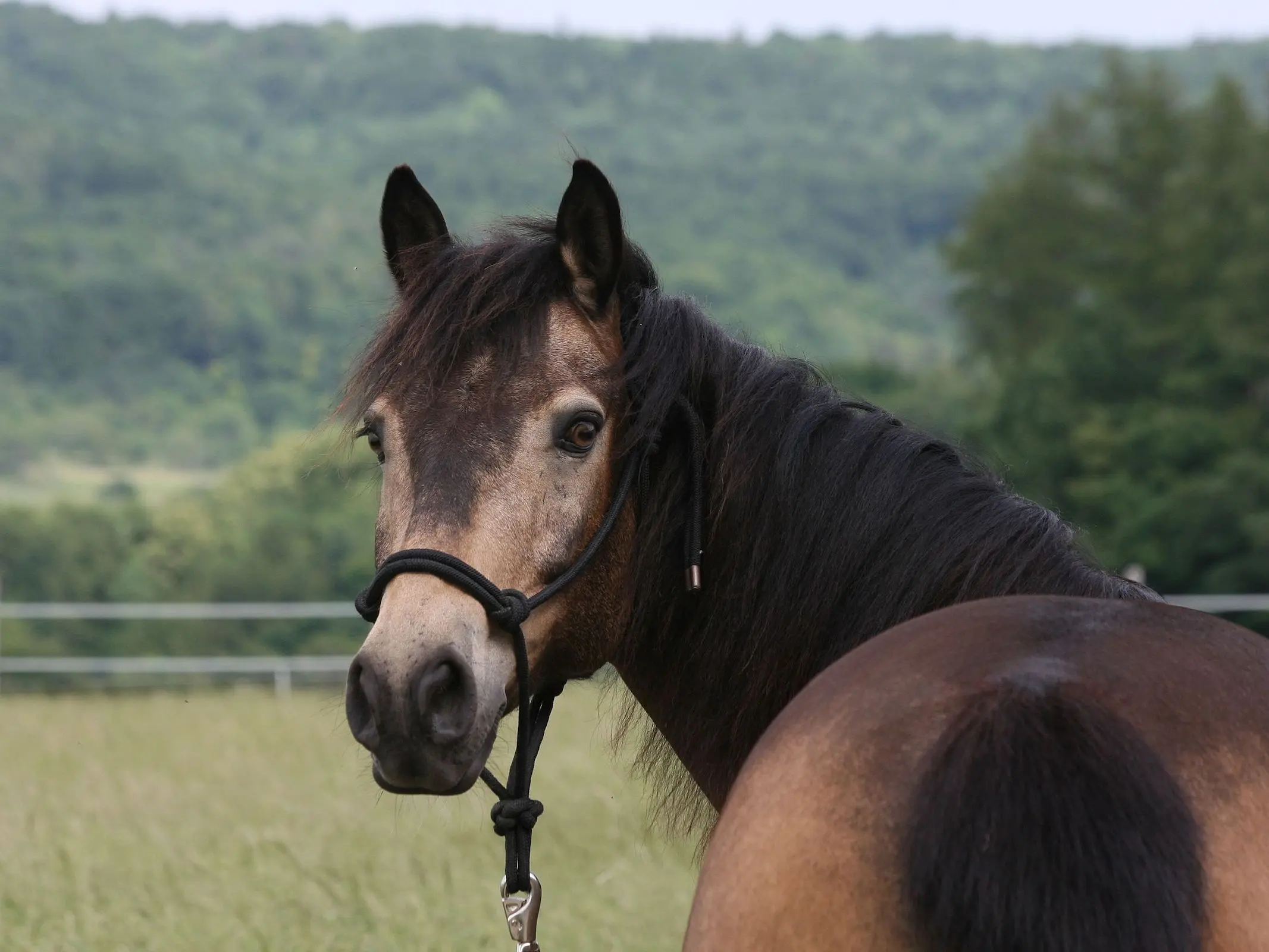
Thought to be a form of natural camouflage, the sooty or smutty gene causes black hairs to grow mixed into the body coat, generally concentrated along the topline and points. This often results in counter shading, dappling and in rarer cases brindle or dun type striping.
Sooty or Smutty Modifier
This modifier can display a seasonal effect, which is best seen in lighter animals affected by a creme dilution. The result is darker striping and shading certain times of the year. There is speculation about whether this is related to the primitive striping found in duns as well as dark bays, liver chestnuts and dark palominos (shading can actually conceal the animal’s original color).
Quick Sooty Facts
- Modifier darkens color from the topline down
- Can create brilliant dapples
- Can darken coat uniformly
- Also called dirty, countershading or coloring modifier
- Can express itself in smudges, patches, stripes, spots or dapples
Basic Smutty Shades
This coloring can be found on chestnut, black, bay and brown coats. Although for obvious reasons, darkening of the coat only has a visible affect on variations of bay, brown and chestnut animals. The cause of this coloring and how it’s passed on genetically is unknown.
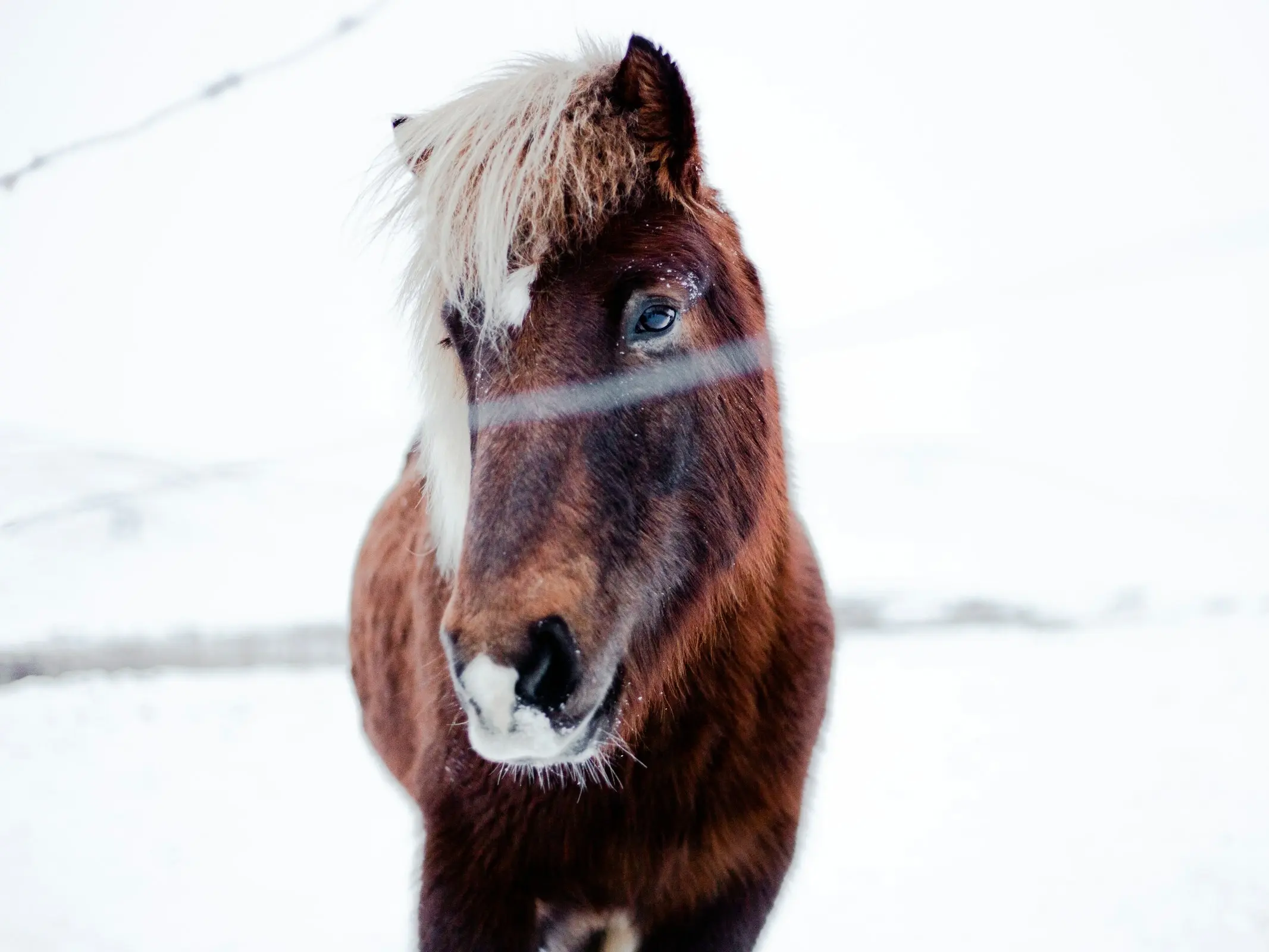 Chestnut Base
Chestnut BaseOn a chestnut base the sooty modifier can be quite dramatic, creating dark patterns along the topline and face.
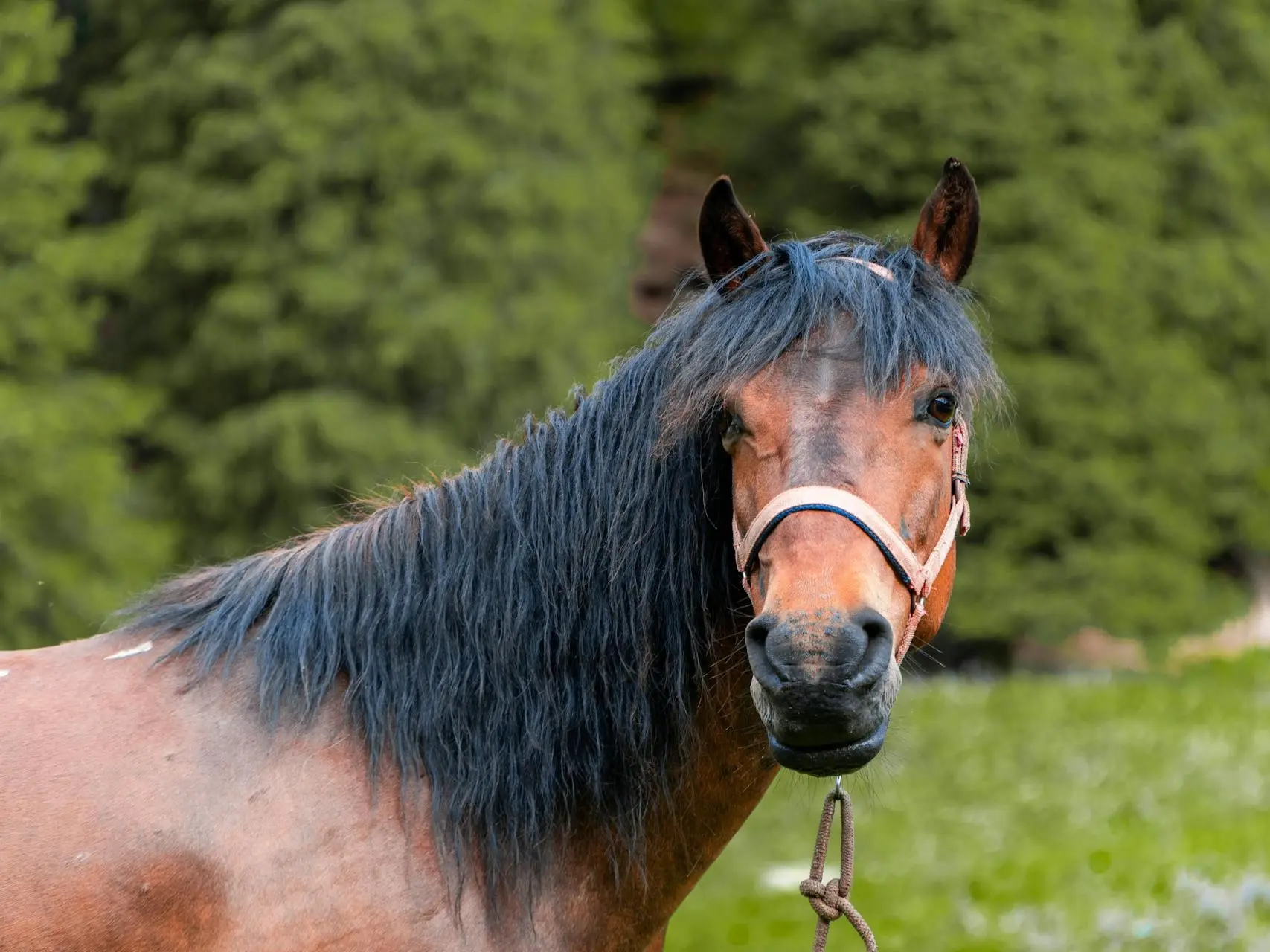 Bay Base
Bay BaseNot as obvious on a bay, the sooty modifier can be seen in varying degrees depending on the darkness of the base coat.
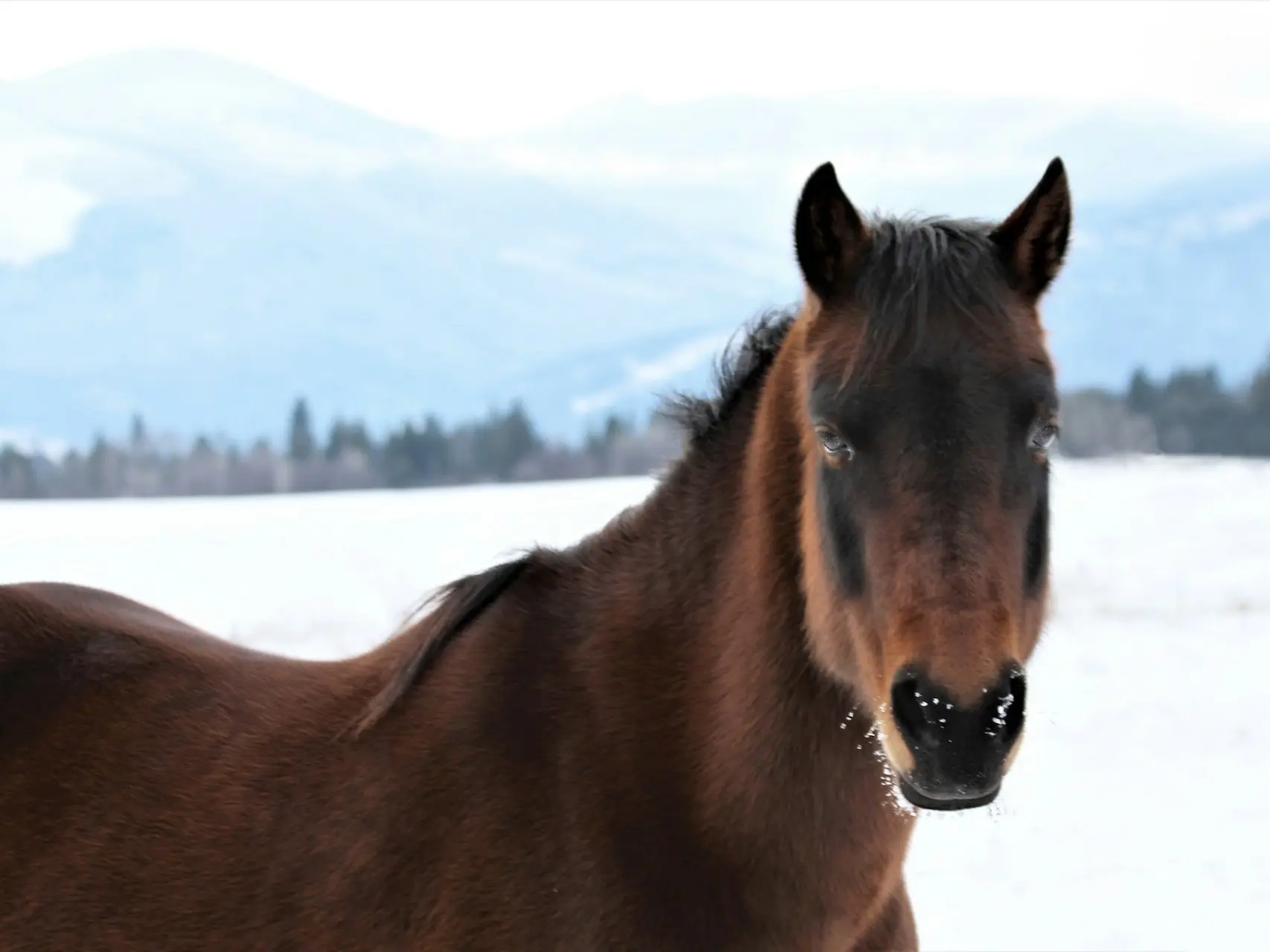 Brown Base
Brown BaseOn a seal brown animal it can be difficult to distinguish the sooty modifier, save for the red hairs around their muzzle.
Diluted Sooty Colors
The sooty dilution is far more obvious on a lighter coat, so it tends to have the most dramatic effect on those displaying a single dose of the cream dilution gene.
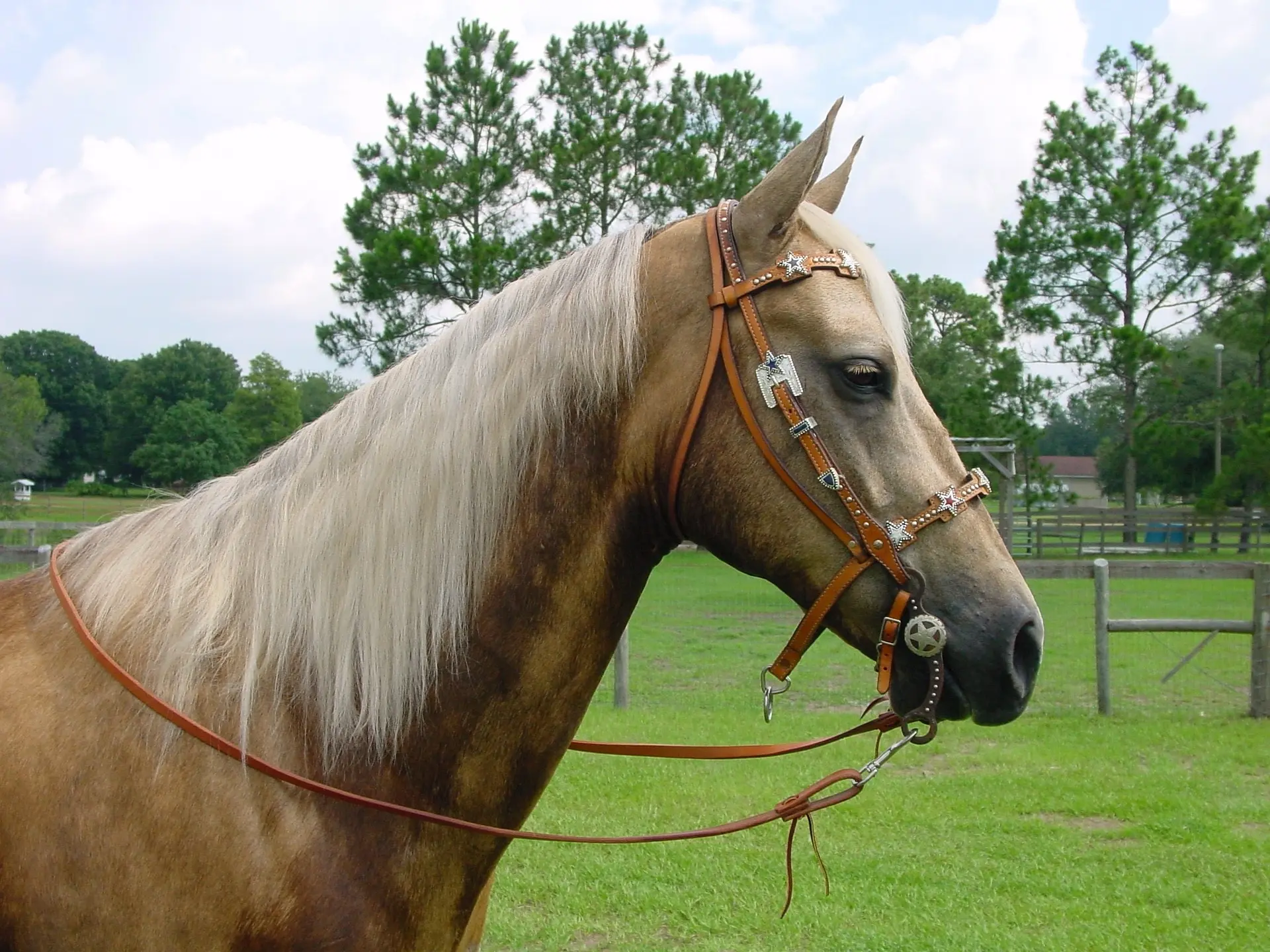 Cream Dilution on Chestnut
Cream Dilution on ChestnutPalomino is a single dose of the cream dilution on a chestnut base, sooty is not uncommon on palomino animals.
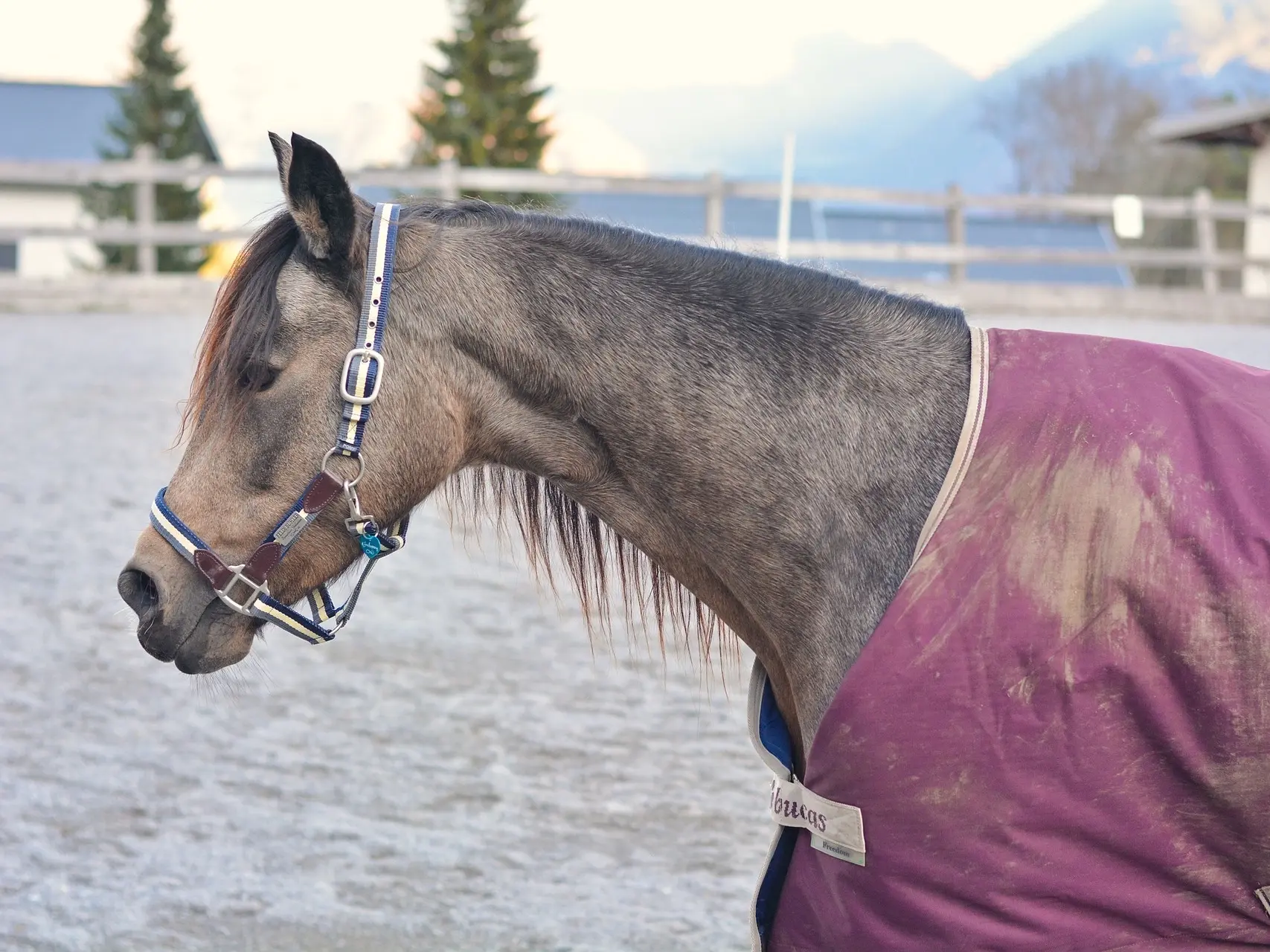 Cream Dilution on Bay
Cream Dilution on BayBuckskin is a single dose of the cream dilution on a bay base, it is fairly common to see sooty shading on a buckskin.
Sooty White Patterns
The white patterns can mask or conceal sooty coloring, although when the sooty shines through it gives them a new depth of unique coloration.
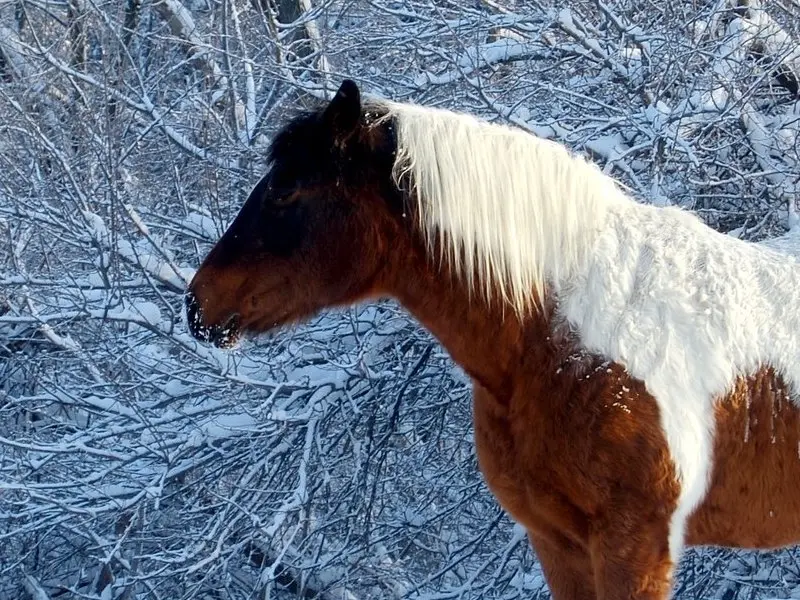 Pinto
Pinto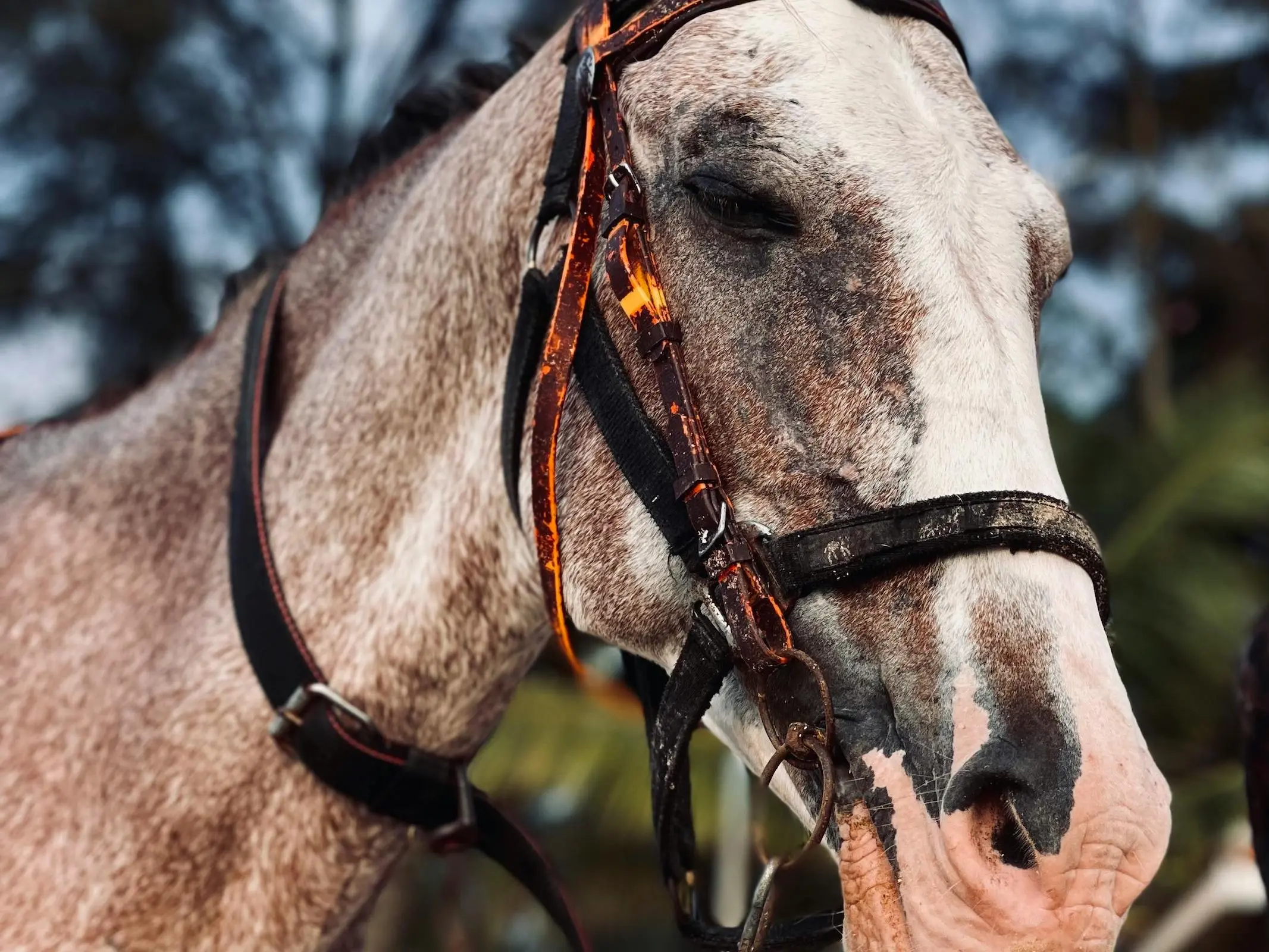 Appaloosa
Appaloosa